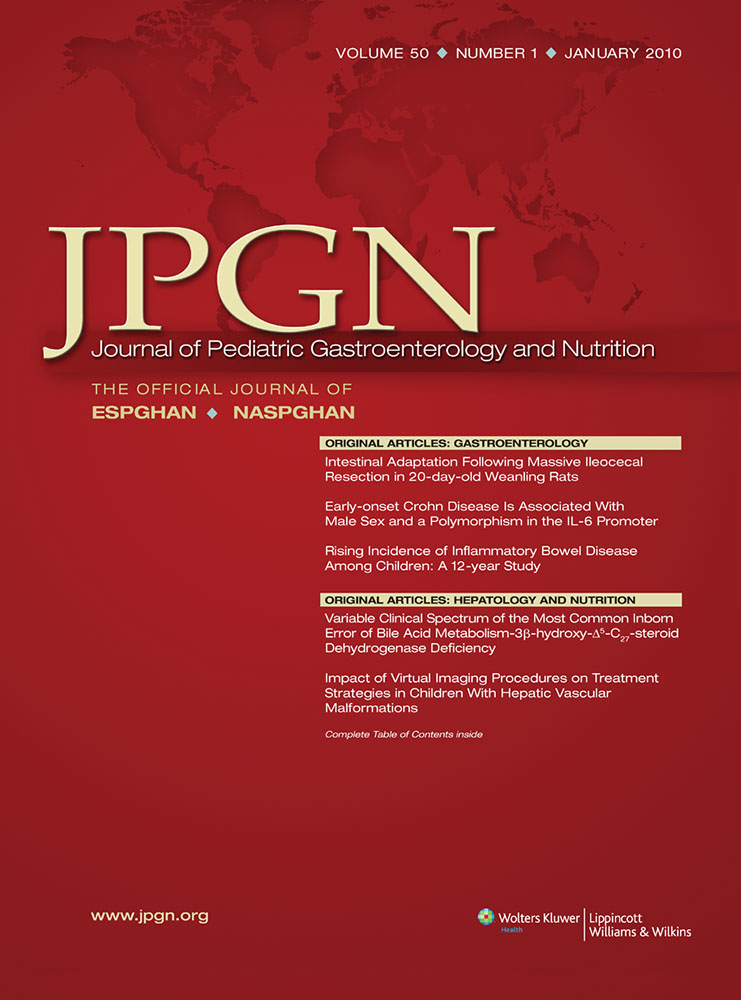Screening Detects a High Proportion of Celiac Disease in Young HLA-genotyped Children
The Celiac Disease Prediction in Skåne study group research was in part supported by the Skåne Council Foundation for Research and Development, Swedish Society for Celiac Disease, The Samariten Foundation, and Capio.
The authors report no conflicts of interest.
ABSTRACT
Background and Aims:
Celiac disease is associated with tissue transglutaminase autoantibodies (tTGAb) and the human leukocyte antigen (HLA)–risk alleles DQB1*02 and DQB1*0302. The aim was to estimate the proportion of undiagnosed celiac disease in children with HLA risk at 3 years of age.
Patients and Methods:
From a population-based HLA-DQ screening study of newborns born between June 2001 and August 2004 in the southern part of Sweden, 6206 children with HLA-risk alleles were identified and asked to participate at a mean 3.3 ± 0.4 years of age. As controls, 7654 children with HLA-nonrisk alleles were asked to participate. In all, 1620 (26.1%) children with HLA risk and 1815 (23.7%) controls were screened for tTGAb using radioligand-binding assays. Celiac disease was established by intestinal biopsy in children with a confirmed positive tTGAb test.
Results:
Twenty-three children reported already having clinically diagnosed celiac disease and did not participate further. In children with HLA-risk genotypes, 73 of 1620 (4.5%, 95% CI 3.5%–5.5%) were tTGAb-positive compared with none of 1815 from the controls (P < 0.0001). Seventy-one children underwent biopsy (1 refused biopsy and 1 biopsy failed), of whom 56 of 1618 (3.5%, 95% CI 2.6%–4.4%) had damaged intestinal mucosa classified as celiac disease. The ratio between clinically and screening detected celiac disease in this study was 1:2.4 (23:56).
Conclusions:
The proportion of clinically undetected celiac disease may be particularly high among 3-year-old children with HLA-DQB1*02 and DQB1*0302 in Sweden, where these 2 HLA-risk alleles frequently occur.




